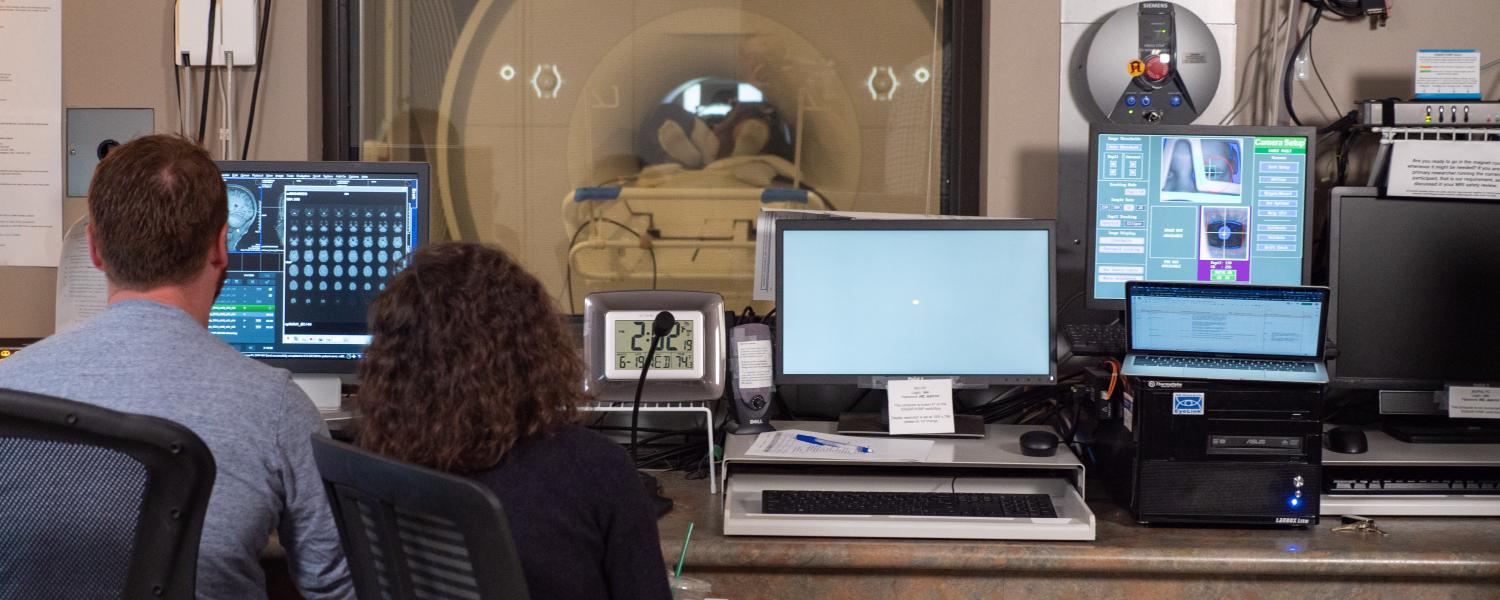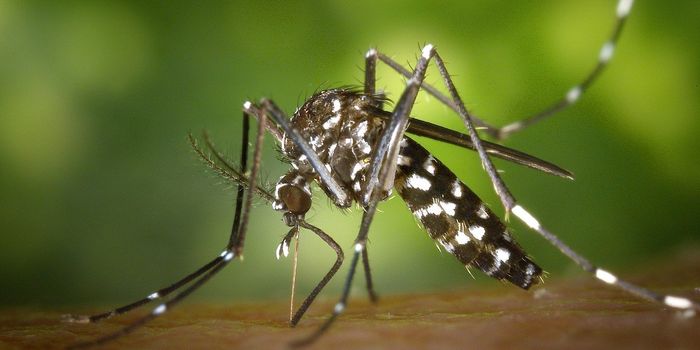Novel Neural-Network Can Determine What Emotion An Image Evokes
Ever wondered if a computer may someday differentiate between joyful images from a depressing one? Can it someday tell if a film is a romantic comedy or a horror film?
Well, the answer to that is yes—at least according to the newest interdisciplinary neuroscience and computer systems studies by the University of Colorado Boulder researchers.
"Machine learning technology is getting really good at recognizing the content of images -- of deciphering what kind of object it is," stated senior author Tor Wager, who worked on the study while a professor of psychology and neuroscience at CU Boulder. "We wanted to ask: Could it do the same with emotions? The answer is yes."
The study, published in the journal Science Advances, explains how a unique computer system known as EmoNet uses the human brain as an inspiration for its model. The model integrates part machine-learning innovation and part human brain-imaging study advancing the application of "neural networks" to the study of emotion. Furthermore, the study sheds light on our very own brains to how and where images are being represented.
"A lot of people assume that humans evaluate their environment in a certain way and emotions follow from specific, ancestrally older brain systems like the limbic system," said lead author Philip Kragel, a postdoctoral research associate at the Institute of Cognitive Science. "We found that the visual cortex itself also plays an important role in the processing and perception of emotion."
University of Colorado-Boulder: Researchers use fMRI brain imaging technology at CU Boulder. (Credit: Glenn Asakawa/CU Boulder)
The new neural network, EmoNet, uses 25,000 images of various depictions and categorizes them such as horror, awe and surprise. For example, images of puppies evoked amusement.
"We found a correspondence between patterns of brain activity in the occipital lobe and units in EmoNet that code for specific emotions. This means that EmoNet learned to represent emotions in a way that is biologically plausible, even though we did not explicitly train it to do so," said Kragel. "What you see and what your surroundings are can make a big difference in your emotional life."
Watch a test of EmoNet:
A simple color can even elicit an emotion with EmoNet—black is associated with anxiety and red produced craving. Later, researchers showed EmoNet brief movie clips and requested to catgerize them--romantic comedies, action films or horror movies. The system was correct ¾ of the time.
"This shows that emotions are not just add-ons that happen later in different areas of the brain," stated Wager, now a professor at Dartmouth College. "Our brains are recognizing them, categorizing them and responding to them very early on."
Source: University of Colorado-Boulder










